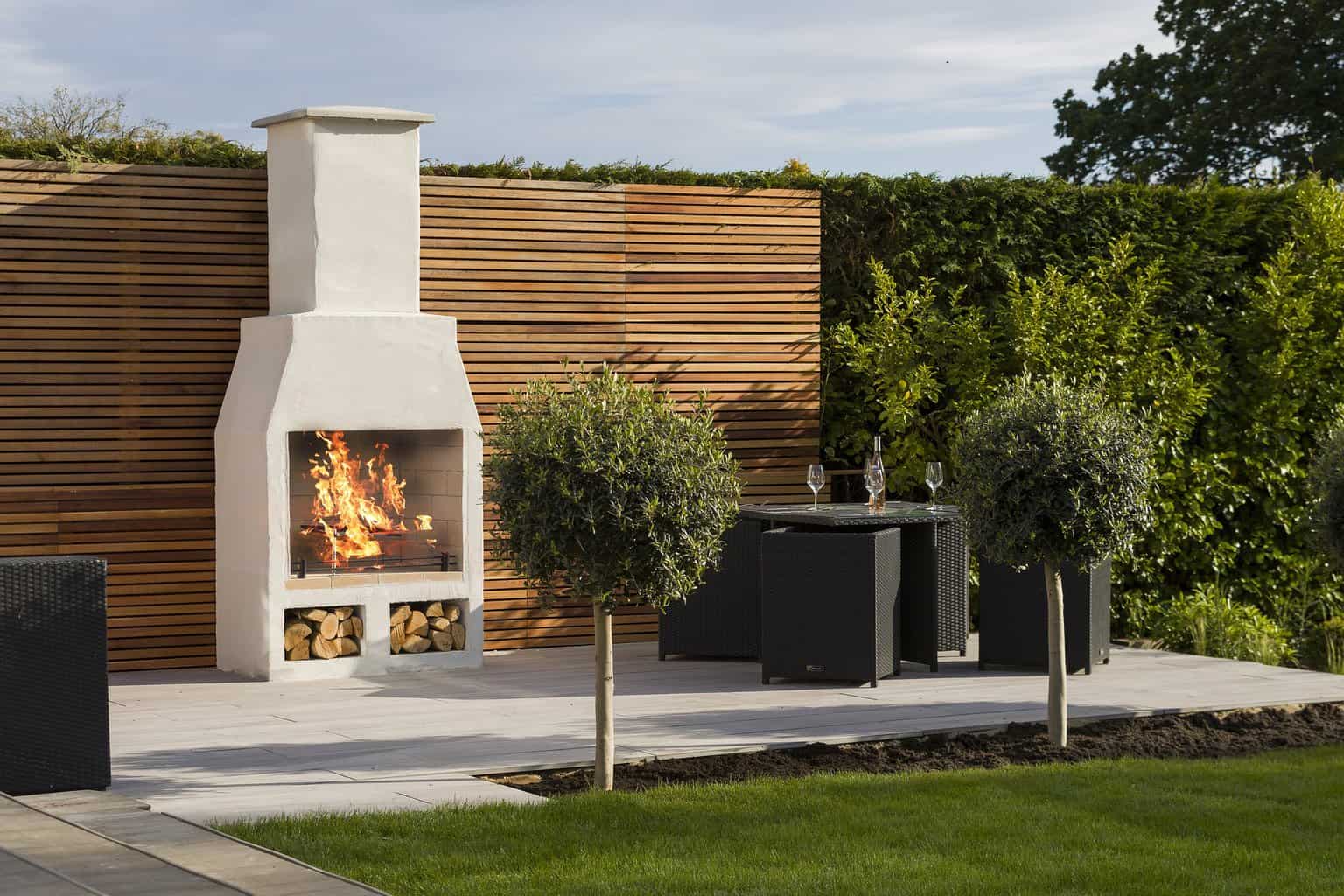A fireplace is a home upgrade project you can install for aesthetic appeal or functionality purposes. Installing a fireplace raises your property’s worth and appeal while enticing more homebuyers. In addition, it enhances your home’s perceived value. As such, installing one distinguishes your property from others in the market. A fireplace provides zone heating, reducing heating costs. While fireplaces come with multiple benefits, a lot of considerations go into their installation. Outlined below are five factors to consider when installing a fireplace.
1. Indoor vs. outdoor fireplace
Contents
The decision to install a fireplace indoors or outdoors is purely personal. Most indoor fireplaces come in various sizes and shapes. They can be gas/wood burning or entirely electric. Wood-burning fireplaces require you to make minor considerations. However, a modern indoor fireplace is easily manageable. Electric fireplaces are an elegant addition to your indoor space. The fire starts with a click of a button, enabling you to heat the room in no time. Indoor fireplaces are versatile, meaning you can install them in any room.
An outdoor fireplace isn’t just aesthetically appealing. It brings your whole backyard together and adds value, too. While outdoor fireplaces are wood/ gas/ electric, electric ones aren’t the best option if you want something not as big in your backyard. If your backyard has a patio, that would be the best area to install one. Professional landscaping experts, such as Malone’s Landscape, can help design a custom fireplace that creates a unique focal point and ambiance in your landscape.
2. Types of fireplaces
There are various fireplace types to select from. Knowing these fireplaces and how they function makes it easier to pick the best option. They include:
- Gas fireplace: They generate heat without the smoky smell or mess associated with wood-burning fireplaces
- Electric fireplace: It’s safe for use as it doesn’t use wood or gas for heating. Electricity might be costlier than propane, wood, or natural gas, meaning your electricity bill could escalate
- Wood fireplace: It’s an affordable fireplace option, especially if you can harvest your own firewood. However, wood-burning fireplaces produce hot flames, soot, and smoke, requiring sufficient chimney liner and flue installation. This may result in higher project costs
3. Size and shape
When deciding where to install a fireplace, consider the available space because this will direct the style and size you select. Larger fireplace versions are reserved for bigger spaces, while compact non-heat emitting or electric models are ideal for narrow walls.
4. Function and placement
When installing a fireplace, determining the primary reason you’re installing it is essential. Consider whether you’re installing it for functionality or decorative purposes. Knowing the reasons you’re installing the fireplace enables you to determine the fireplace type to buy and where in your outdoor space you should position it.
If you’re installing your fireplace for visual appeal or decorative reasons, you can place it anywhere, provided it enhances your space. For indoor heat distribution, set your fireplace where warmth can be distributed efficiently to the whole room.
5. Budget
Your budget is a significant consideration when selecting and installing a fireplace. While some fireplace options are quite costly, others are very affordable. Find an option that suits your budget. While an electric fireplace is the most affordable alternative, wood-burning and gas fireplaces are more expensive. Factor in the fireplace’s maintenance costs plus the labor. Include contingencies to cater for any unexpected expenses that may arise.
Endnote
Installing a fireplace in your home comes with multiple rewards. Consider these factors when installing a fireplace.
